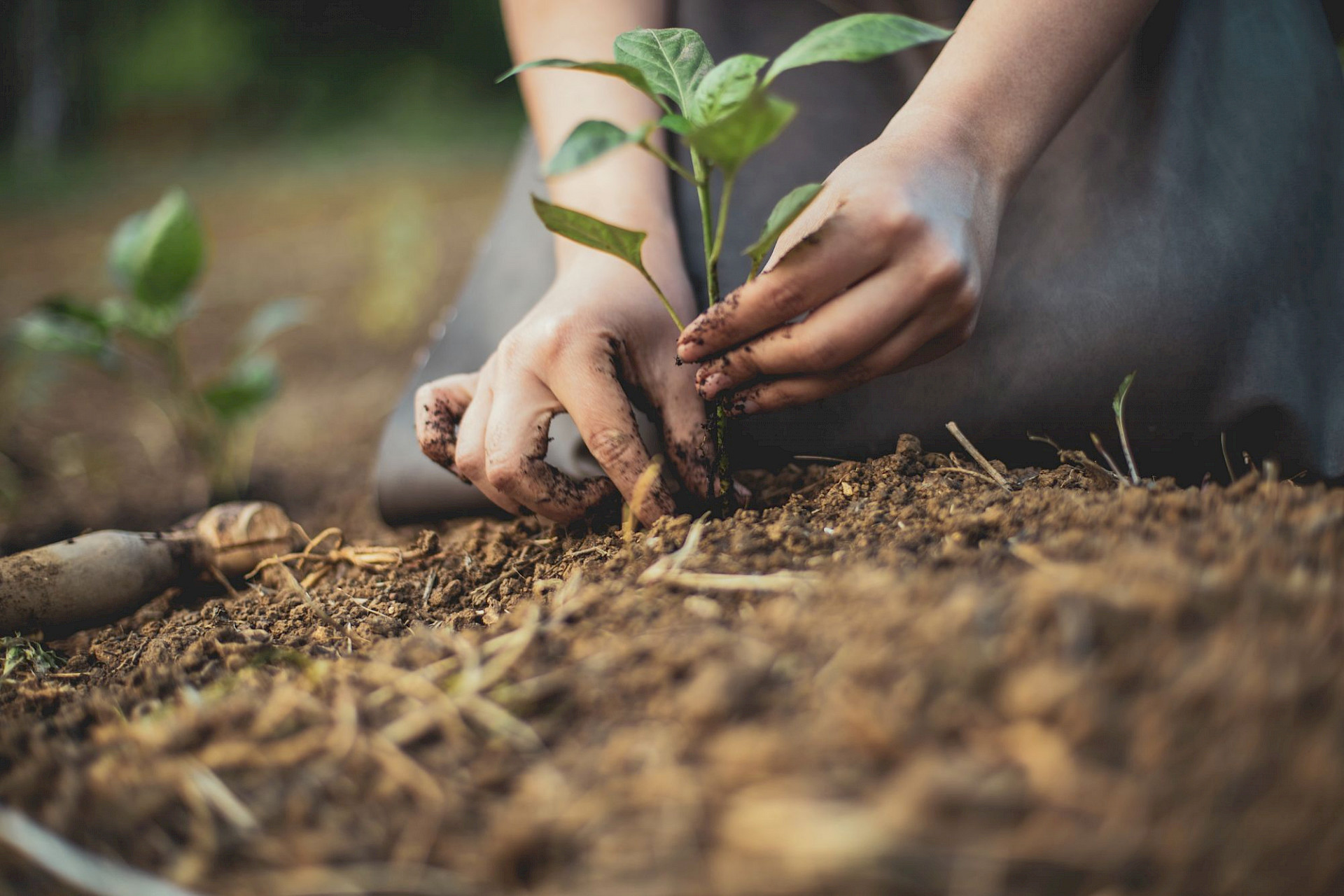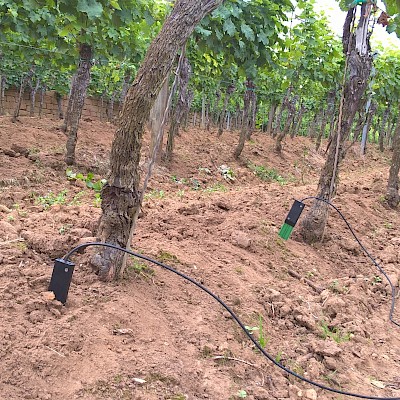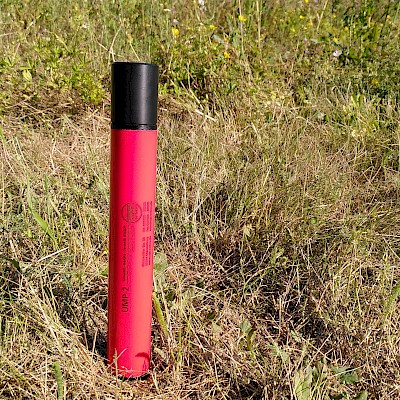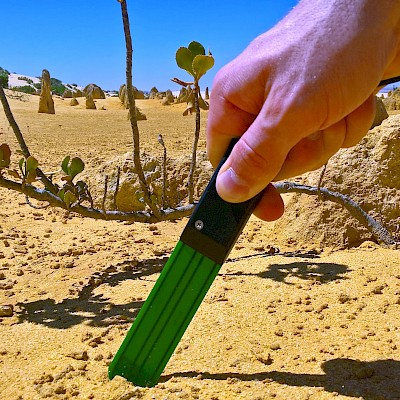Product overview
Soil moisture sensors
Soil moisture is the water content (also moisture content) of the soil - that is, the amount of water contained in a soil at a specific point in time. Our various sensors measure the gravimetric or volumetric water content proportionally or in volume %.
What is the purpose of determining soil moisture?
- Understanding of soil behavior and internal soil processes
- Evaluation of soil fertility
- Estimation of plant growth, plant water demand and consumption
- Control of irrigation measures
- Assessment of the water storage capacity of soils
- Assessment of infiltration capacity, deep percolation and leaching of chemicals to groundwater
- Knowledge of other physical properties of soils (plasticity, consistency, bearing capacity, etc.)
- Measurement data for water balance studies
Our products in Soil moisture sensors
Our sensors measurement technology
When installing the soil moisture sensors make sure that the measuring rods have a good contact to the surrounding soil. Air-filled hollow spaces between the soil and the rods lead to distorted measurement results. An insertion tool with thinner rods than those of the probe facilitate the installation and enable a good contact.
UMP sensors
The UMP sensors are a series of combi sensors developed and manufactured by Umwelt-Geräte-Technik GmbH. A UMP measures the soil water content, the soil temperature, and the electric conductivity of the soil. The principle of the determination of the soil water content is only partly consistent to the conventional TDR or FDR method. The starting point is the relative Permittivity (εr) as well.
SMT-100 sensors
Like the UMP-1 also the SMT100 soil moisture sensor is based on an independent developed measuring principle. As for a TDR, the travel time of a signal is measured to determine the relative permittivity (εr) of the soil. A ring oscillator transforms the travel time in a frequency. Thus, a change of the frequency always corresponds with a change of the travel time. The frequency domain is higher than 100 MHz and thus, it is high enough to operate well even in clayey soils.
Contact us
Are you looking for a strong partner and a sustainable cooperation? Then simply get in touch with us! We love exciting and challenging projects around environmental technology.





